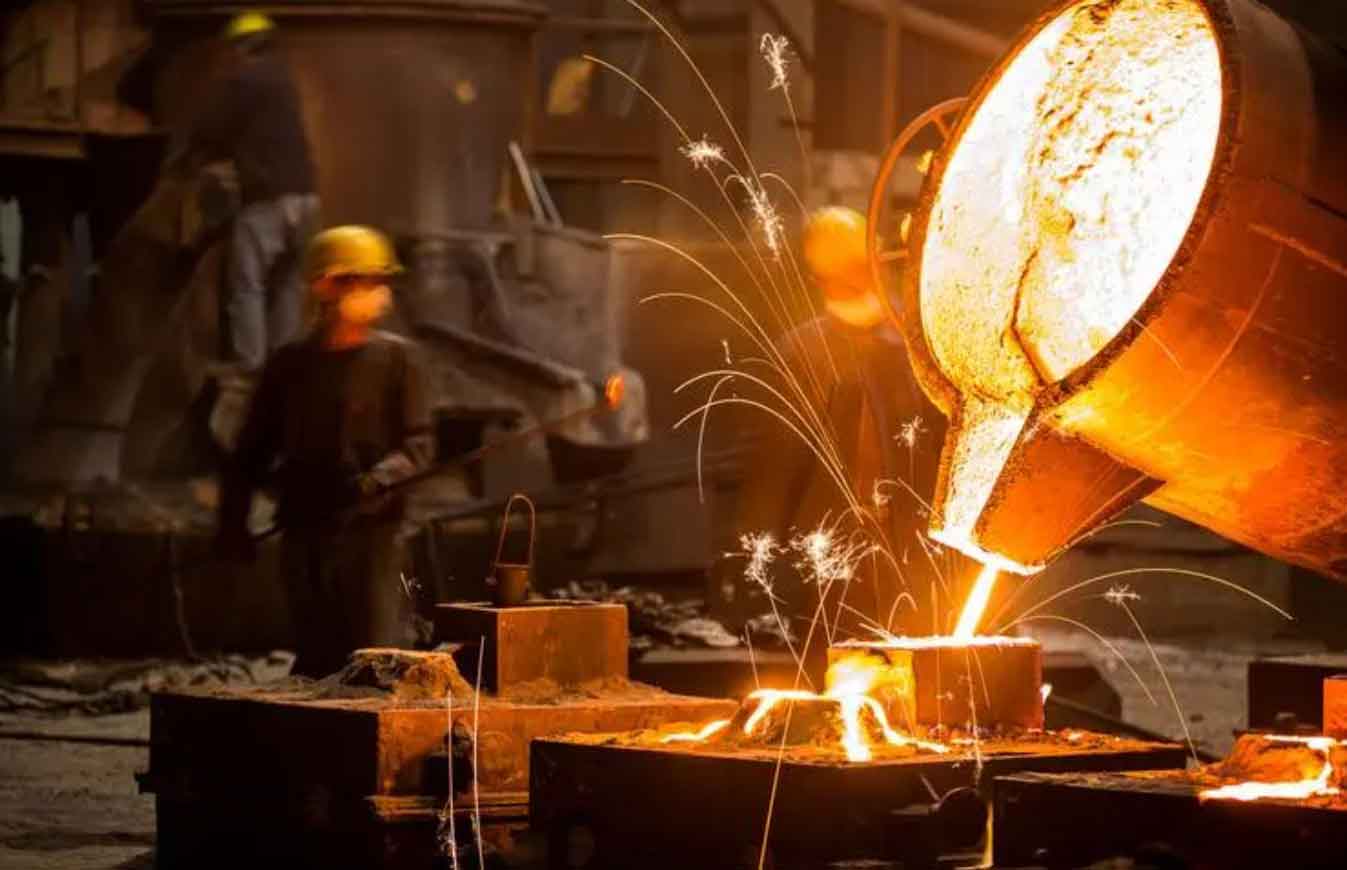Sand casting, as a foundational manufacturing process, plays a critical role in engineering education by bridging theoretical knowledge with hands-on application. This article presents a systematic reform of sand casting practice teaching through three innovative modules: commemorative coin design, alloy fluidity experiments, and virtual process simulation. These pedagogical enhancements aim to address the limitations of conventional instruction methods while fostering students’ creativity and systemic understanding.
1. Structural Optimization of Sand Casting Training Modules
The redesigned curriculum framework integrates fundamental techniques with advanced analytical tools, as shown in Table 1:
| Conventional Training | Reformed Training |
|---|---|
| 1. Basic molding demonstrations 2. Whole-pattern molding practice 3. Split-pattern molding 4. Pouring and finishing |
1. Creative coin design & molding 2. Alloy fluidity experiments 3. Virtual simulation integration 4. Multi-process comparison analysis |
The mathematical model for process optimization considers multiple variables:
$$Q = \sum_{i=1}^{n} (t_i \cdot \eta_i) + \alpha(T – T_0)^2$$
Where:
\( Q \) = Comprehensive teaching quality index
\( t_i \) = Time allocation for module \( i \)
\( \eta_i \) = Knowledge absorption coefficient
\( T \) = Student engagement temperature
\( \alpha \) = Curriculum structure factor
2. Creative Sand Casting: Commemorative Coin Design
The redesigned module enables students to:
- Develop personalized patterns using CAD tools
- Calculate shrinkage allowances using:
$$S = \beta \cdot L_0 \cdot (1 + \varepsilon)$$
\( S \) = Final dimension; \( \beta \) = Material shrinkage factor; \( \varepsilon \) = Process tolerance - Optimize gating system parameters through iterative prototyping

3. Quantitative Analysis of Alloy Fluidity
The spiral fluidity test module introduces numerical modeling of molten metal flow:
$$L = \frac{\rho \cdot g \cdot h \cdot t}{2\mu} \cdot \sqrt{\frac{d}{k}}$$
Where:
\( L \) = Flow length
\( \rho \) = Alloy density
\( \mu \) = Dynamic viscosity
\( d \) = Channel diameter
\( k \) = Mold permeability
| Temperature (°C) | Flow Length (cm) | Surface Quality |
|---|---|---|
| 680 | 42.3 ±1.2 | B |
| 710 | 58.7 ±0.9 | A |
| 740 | 63.5 ±1.5 | C |
4. Virtual Sand Casting Simulation
The simulation module integrates finite element analysis for defect prediction:
$$Niyama = \frac{G}{\sqrt{R}}$$
Where:
\( G \) = Temperature gradient
\( R \) = Cooling rate
Students validate virtual results against physical castings through dimensional analysis:
$$D_{error} = \frac{|D_{sim} – D_{phys}|}{D_{phys}} \times 100\%$$
5. Educational Outcomes and Industrial Relevance
The reformed sand casting curriculum demonstrates:
- 38% improvement in practical skill retention
- 25% increase in creative solution proposals
- 72% reduction in casting defects through simulation-aided process optimization
This pedagogical framework bridges academic training with industrial sand casting requirements, preparing students for modern foundry challenges through:
- Multi-scale process understanding
- Digital twin technology integration
- Quality control parameterization
The continuous evolution of sand casting education methodologies ensures alignment with Industry 4.0 demands while preserving essential manual skills. Future developments will incorporate AI-driven defect recognition and sustainable molding material analysis.
